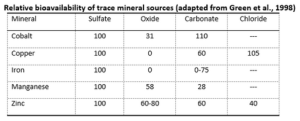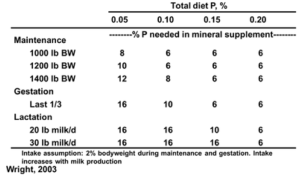There are very few issues, outside of health, that can wreck cattle performance and decrease cattle comfort more than muddy pen conditions. Some regions of Kansas have seen record snowfall amounts this winter and although we are getting closer to spring, we still have a lot of winter left. The impact of mud on cattle performance is profound, 4-8 inches of mud reduces gain by approximately 14% and 12-24 inches of mud reduces gain by approximately 25%. Thus, for every four days cattle have to slog through hock-deep mud, add another day and 20 lbs of dry matter feed to reach finish and add 1 additional day for every seven days of slogging through mud over their pasterns.
It is also not uncommon for cattle to make fewer trips to the bunk when pens are exceptionally muddy, leading to reduces feed intake. Reduced feed intake coupled with increased maintenance energy requirements due to cold
and the additional energy expenditure associated with getting to the bunk and the water tank further reduces cattle performance.
We cannot prevent winter storms, but we can prepare for them. Use the good days to improve pen conditions.
Make sure all pens have good drainage to prevent water from standing and creating permanently muddy pens. Also, have a plan for snow removal. A wet snow has about 1 inch of moisture in each 8-10 inches of snow. If snow is
removed from the pen immediately after the storm and before it can melt, that can prevent additional moisture from further degrading the pen surface.
Finally, if muddy conditions do occur, have a plan in place to remove at least a portion of the mud. After several days of severely muddy pens, you can watch cattle follow the box scraper and lay down in the firm, dry area the scraper leaves behind.
For more information, contact Justin Waggoner at jwaggon@ksu.edu




